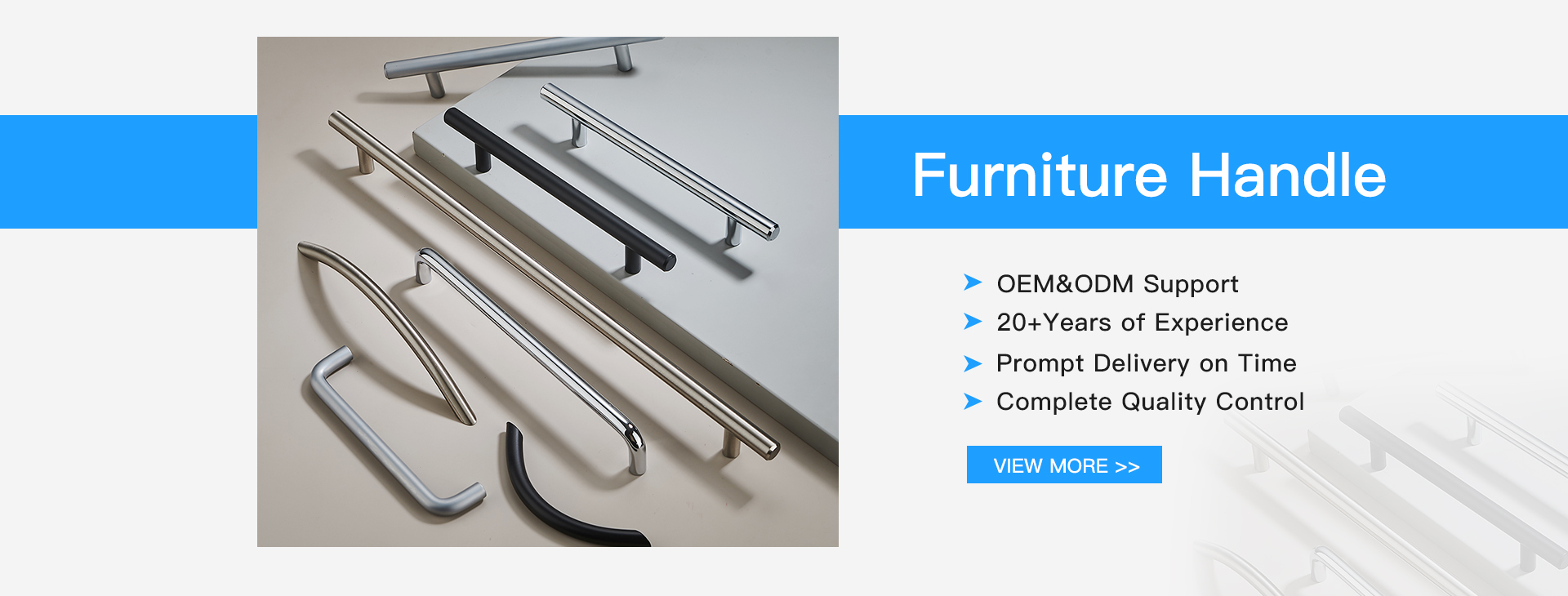There are three main construction techniques used in coil waterproofing: the thermal method, the cold method, and the mechanical fixation method. Additionally, there are four common paving methods: full adhesion, loose-laid, strip adhesion, and point adhesion. Choosing the right technique depends on the design requirements, material type, and site conditions.
The thermal construction process includes three variations:
- Hot Mastic Method: This traditional approach involves applying hot mastic while rolling the membrane into place. It is typically used for petroleum asphalt linoleum with multiple layers (e.g., three felt and four oil or two felt and three oil).
- Hot Melt Method: A flame heater is used to melt the adhesive on the bottom of the membrane, allowing it to bond directly to the surface. This method is ideal for thermoplastic synthetic polymer membranes.
- Hot Air Welding: This technique uses a hot air welding torch to heat and fuse the overlapping edges of the membrane. It is commonly used for thermoplastic synthetic polymer membranes where a strong, seamless joint is required.
The cold construction method also has three variations:
- Cold Mastic Method: Pre-mixed cold asphalt cement is applied without heating. It is suitable for petroleum asphalt felt with multiple layers.
- Cold Bonding Method: An adhesive is used to bond the membrane to the base layer and between layers, without any heat. This is ideal for synthetic polymer and high polymer modified asphalt membranes.
- Self-Adhesive Method: The membrane comes with a pre-applied adhesive, eliminating the need for additional glue or heat. It is commonly used for self-adhesive synthetic polymer membranes and high polymer modified asphalt membranes.
The mechanical fixation method includes two approaches:
- Mechanical Nail Fixing: Galvanized steel or copper nails are used to secure the membrane to the base. This method is often used for high polymer modified asphalt membranes installed on wooden substrates.
- Embedding Method: The membrane is not fully bonded to the base but is secured at joints and edges. It is typically used in inverted roof systems or when an air gap is desired.
Now, let's explore the different paving methods and their advantages and disadvantages:
1. Full Adhesion Method: Also known as the full-stick method, this traditional technique involves fully bonding the membrane to the base. It can be used with hot-melt, cold-adhesive, or self-adhesive methods. Advantages include enhanced waterproof performance, especially with multi-layer asphalt membranes. However, if the base layer is humid or subject to significant movement, the waterproof layer may blister or crack. It is best suited for small roof areas with minimal deformation and dry screed.
2. Loose-Laid Method: In this method, the membrane is only adhered along the edges and around critical areas like ridges and corners. The rest remains unattached. This helps reduce stress from base layer movement and prevents wrinkling or cracking. However, if a leak occurs, water can accumulate beneath the membrane, making repairs difficult.
3. Strip Adhesion Method: The membrane is bonded in strips across the base, with each strip at least 150 mm wide. This allows the waterproof layer to move more freely with the base, reducing the risk of blistering and cracking. However, it requires more complex installation and may compromise some waterproofing performance if not done correctly.
4. Point Adhesion Method: The membrane is attached using individual adhesive points, with at least five per square meter. Each point must be at least 100 mm x 100 mm. This method offers flexibility and reduces the impact of base layer movement. However, it is more labor-intensive and may not be suitable for single-layer applications. If the first layer is perforated, it should only be used in multi-layer systems.

Furniture Handle,Hardware Furniture Handle,Knobs Handles Cheap Handle,Drawers Furniture Door Knobs
ONLEE HARDWARE CO.,LTD , https://www.onleehardware.com